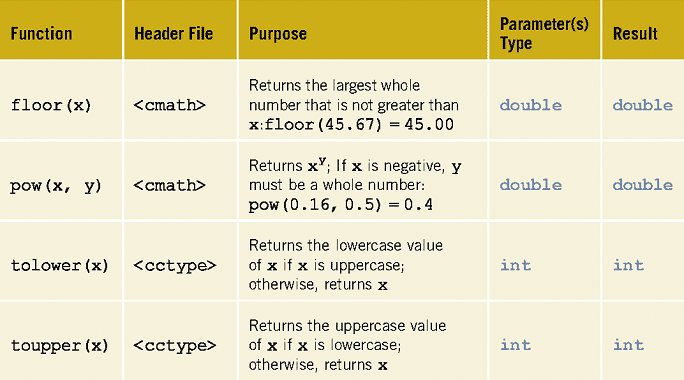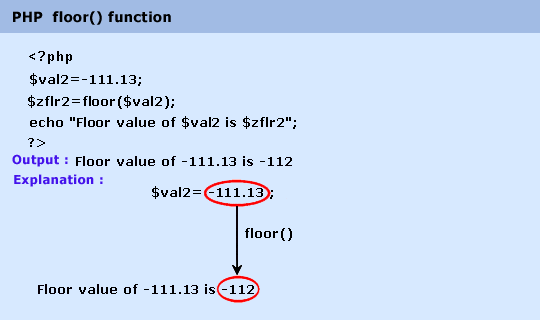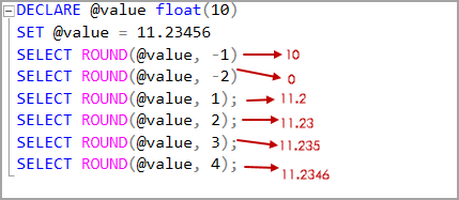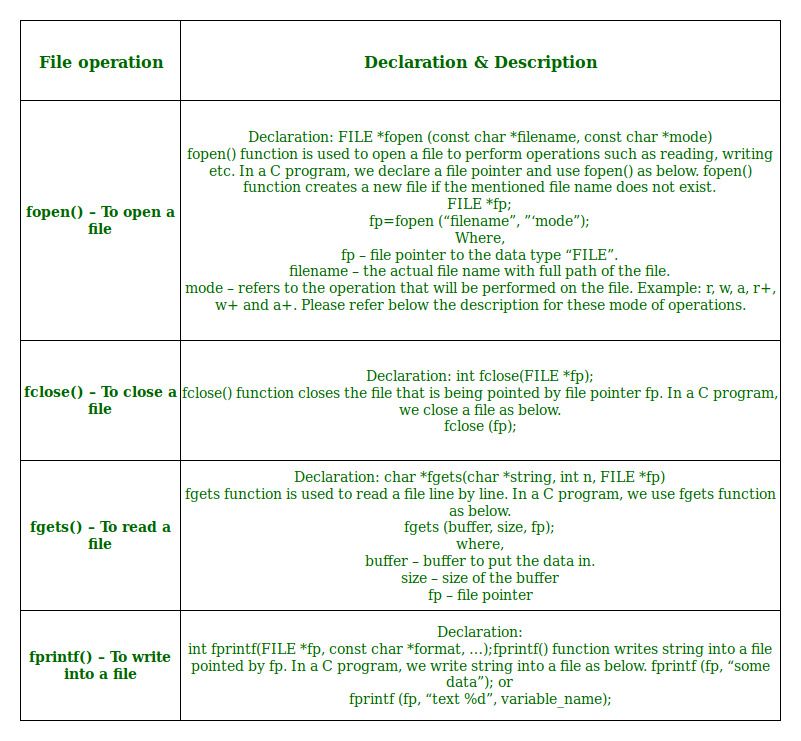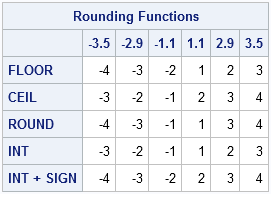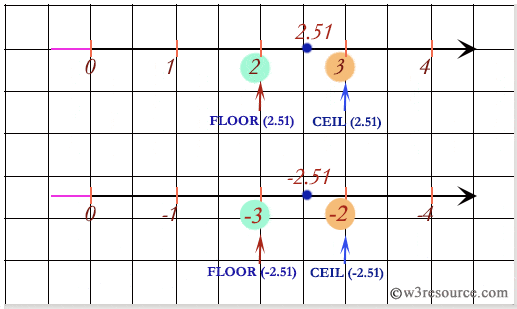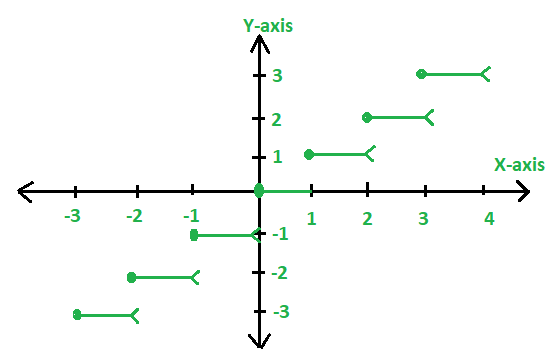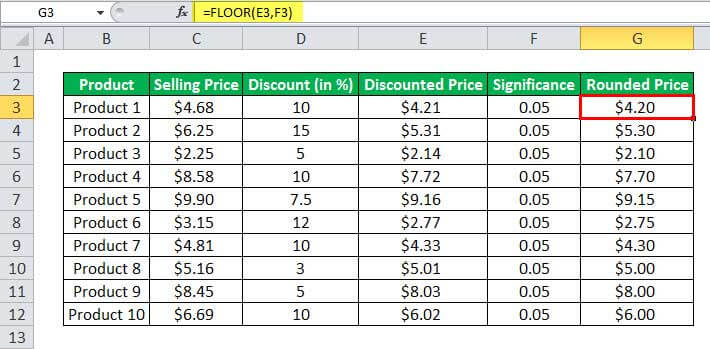Floor Function C Code

Syntax the syntax for the floor function in the c language is.
Floor function c code. We will learn about floor function in c programming language. Syntax for floor function in c is given below. The syntax of the floor arithmetic function in the c programming language. C programming code for floor.
Starting with visual basic 15 8 the performance of double to integer conversion is optimized if you pass the value returned by the floor method to the any of the integral conversion functions or if the double value returned by floor is automatically converted to an integer with option strict set to off. Returns the largest integer that is smaller than or equal to x i e. Header tgmath h provides a type generic macro version of this function. Submitted by manu jemini on march 17 2018.
This optimization allows code to run. Scanf lf n. Math h header file supports floor function in c language. Some basic mathematical calculations are based on the concept of floor and ceiling.
Floor function returns the greatest integer not greater than x. For example if the input is 2 25 then the output will be 2 00. Additional overloads are provided in this header cmath for the integral types. In this article we are going to learn about the floor and ceil functions of math h header file in c language and use them with help of their examples.
Printf enter a number to round it down n. Include stdio h include math h int main double n result. Double floor double x. In the c programming language the floor function returns the nearest integer value which is less than or equal to the value for floating point argument to this function.
These overloads effectively cast x to a double before calculations defined for t being any integral type. Rounds downs the nearest integer. In mathematics and computer science the floor and ceiling functions map a real number to the greatest preceding or the least succeeding integer respectively. In the c programming language the floor function returns the largest integer that is smaller than or equal to x ie.
Rounds downs the nearest integer.

